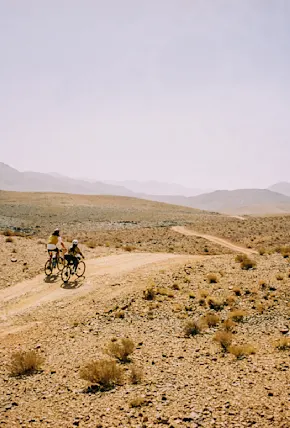The largest publicly protected natural area in the continental US is not a national park, and there’s a very good chance you’ve never heard of it. Located some 275 miles due north of New York City and just 15 miles south of the Canadian border sits the the 6-million-acre Adirondack Park, a unique patchwork of public and private lands bigger than the Grand Canyon, Yosemite, the Great Smokies, and Glacier National Parks combined. (And if you’re wondering, yes, the classic wooden lounge chair did originate within it.)
Once a territory shared by the Iroquois-speaking Mohawk and Oneida, and the Algonquian-speaking Mahicans, the Adirondacks are home to the oldest mountains in North America and some of the most pristine wilderness encompassing more than 3,000 lakes and ponds, nearly 30,000 miles of rivers and streams, and, of course, the 46 Adirondack High Peak mountains (more on that in a bit). The area is literally bigger than New York State’s neighbor to the east, Vermont, and is a haven for hikers, rock climbers, mountain bikers, birders, canoers, etc, etc. It’s a special place.
And here’s further proof—the Adirondack park is the only wilderness area that is controlled by the state legislature and protected by a state constitution. Consisting of 2.6 million acres of State-owned land designated in 1892 a “forever wild” forest preserve that will “never be sold, leased, or taken by any person or corporation, public or private,” plus 3.4 million acres of privately held land that’s actively preserved by owners and an overseeing Adirondack Park agency, the area stands as a shining—and sadly rare—example of public-state cooperation for the benefit of all outdoors lovers. It’s genuinely inspiring. And stunningly beautiful.
And standing high above it all is Mount Marcy, the highest peak in New York State.




















